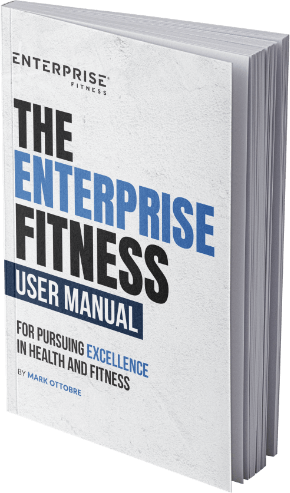Training When Pregnant
At Enterprise Fitness, we get asked by clients who fall pregnant: “Can I still train now that I’m pregnant?”
So we thought we’d put together this article with some golden nuggets of advice for those who may need it. Here are a few helpful tips and points to help guide you through your training journey while carrying the special little one.
The very first thing you must do is get a letter of clearance from your obstetrician and doctor to continue training. It’s generally accepted not to make any changes to your fitness routine once you fall pregnant. Therefore, Enterprise Fitness does not take on new clients who have just fallen pregnant but may be able to support existing clients with the endorsement of their doctor and/or obstetrician.
Once you have obtained clearance, give your letter to your trainer and/or email it to [email protected]. After that’s out of the way, here are a few important points to keep in mind while training when pregnant:
-
Wear a Heart Rate Monitor When Training
Wear a heart rate monitor when training to keep your heart rate within a safe range. Ensure that your heart rate stays under 140 beats per minute, as the baby’s heart rate will be double whatever your rate is.
-
Ideal Rep Ranges
Generally, during the first trimesters, keep the sets within the 8 to 10 rep range; in the second trimester within the 6 to 8 rep range; and in the third trimester around 5 reps. Nothing to max or to failure. Relative strength ranges (6 to 8 reps) are generally the best rep ranges for most of the duration of pregnancy due to low lactic acid* and moderate weight.
*Note: Lactic acid, when produced in high enough amounts, can result in the feeling of nausea, or actual nausea. Additionally, pushing to high enough levels of lactic acid usually coincides with pushing your heart rate and exerting yourself towards muscular failure, none of which are desirable when pregnant.
-
Watch Range of Motion
In the third trimester, be very careful with your range of motion, as you will have more range of motion due to a bodily increase in oxytocin and relaxant.
-
Rest Between Sets
Don’t be scared to rest more than usual between sets. You want to keep your heart rate stable and you don’t want to drive lactic acid. Approximate rest periods are 2 to 3 minutes between sets. Now is not the time to push yourself, take anything to failure or drive lactic acid.
-
Supplements
Whilst there are supplements that can support pregnancy, every pregnancy is different. Only take supplementation and nutrition advice from a qualified professional. Speak to your doctor or obstetrician before altering your nutrition, making changes to your plan or taking / continuing to take any nutritional supplements.
Things to Avoid or Eliminate:
-
Lactic Acid
Don’t do high lactic acid work. This means no super-setting, drop-setting or direct isolation work that drives lactic acid. Again, generally stick to no more than 8 to 10 reps the first trimester, 6 to 8 reps second trimester and 5 to 7 reps the third trimester.
-
Lying on Your Stomach
Don’t do prone exercises that involve lying down on the stomach, such as leg curls, pushups, etc.
-
Lying Flat
Don’t do exercises that involve lying completely flat, such as flat bench presses. Instead, use the incline bench. Using an incline on exercises will make it easier to get in and out of the machines and benches.
-
Unstable Unilateral Work
Minimise lower body unilateral work, such as Bulgarian split squats, in the first and second trimester, and avoid altogether in the third trimester, as relaxin and oxytocin levels will increase your hip range of motion.
-
Overhead Pressing
Avoid standing or unsupported seated overhead pressing (with dumbbells or barbells), as too much abdominal stability is required. Seated, supported overhead with dumbbells for previously trained individuals is generally okay, but should moderate weight and intensity.
-
Excessive Abdominal Stability
Avoid anything that is going to cause high amounts of intra-abdominal pressure, such as the prowler.
Training when pregnant should be done under a careful watchful eye as there are rules to follow for the health of both you and your baby. Please note, we do not take on new clients who have just fallen pregnant. We may continue to train our existing clients if they fall pregnant, with the permission of their doctor and obstetrician. A letter from the doctor or obstetrician is required, along with a heart rate monitor at each session.
This blog post is not individual medical or fitness advice. Always seek the guidance of your doctor and obstetrician before beginning, continuing or alternating an exercise program.
And just because cuteness, here’s a collection of some of our Enterprise Trainers with their babies:





Want more on this topic?
Check out our article on Gym Lovers’ Guide to Pregnancy, written by naturopath Kristine Ottobre, where she talks in detail about her experience during pregnancy while training, from training and nutrition to supplementation and everything in between.




